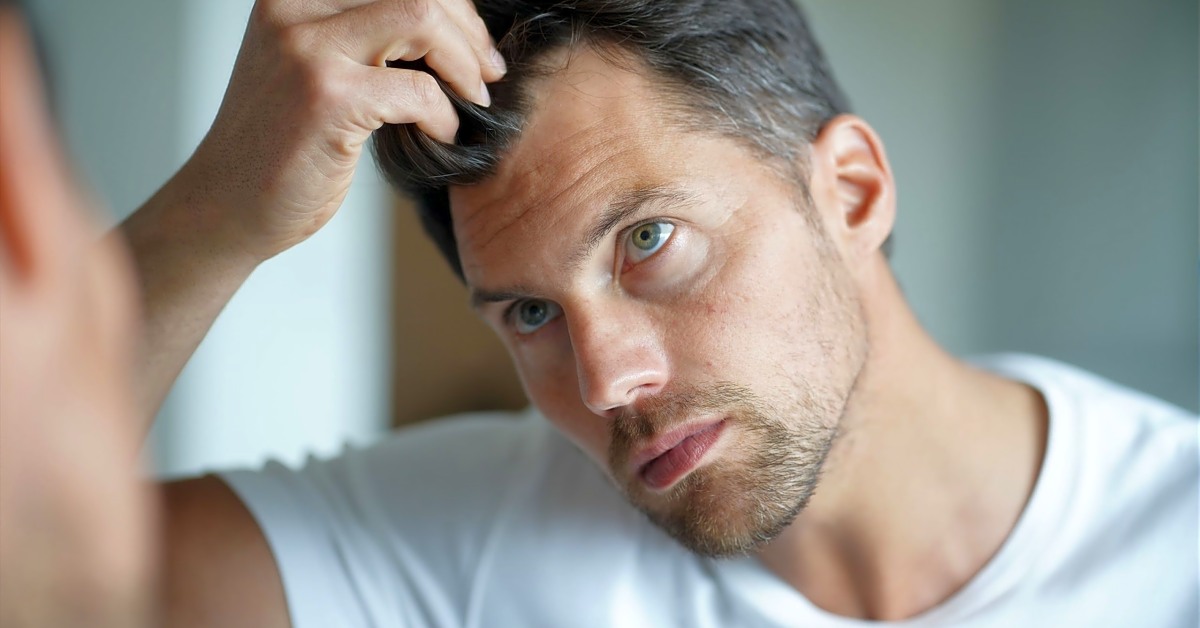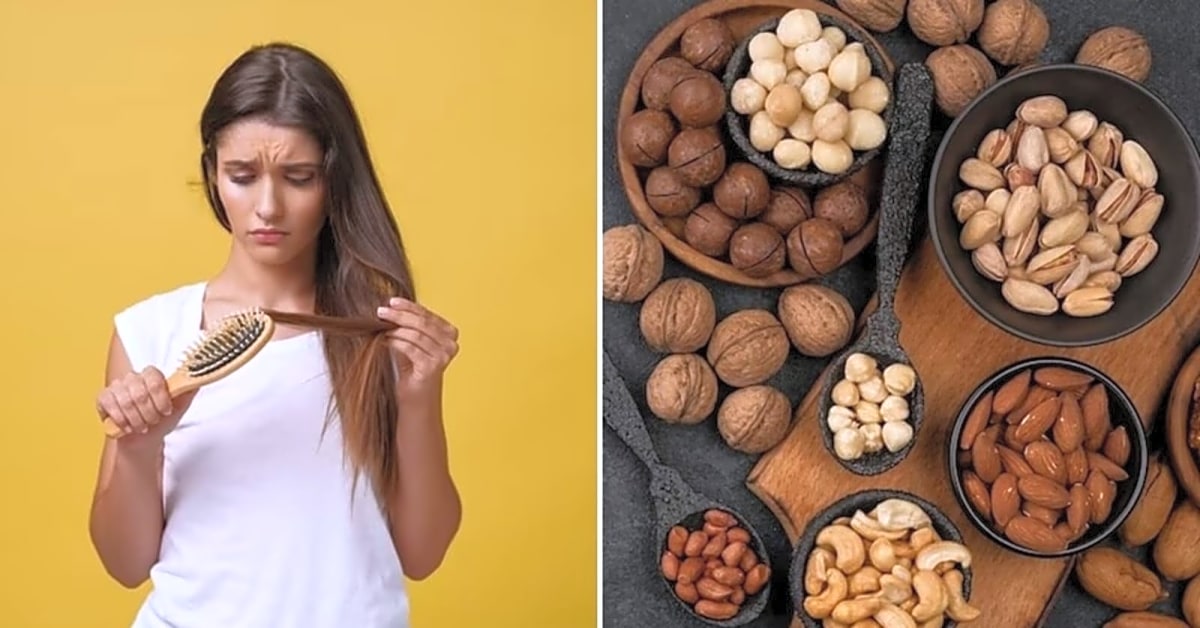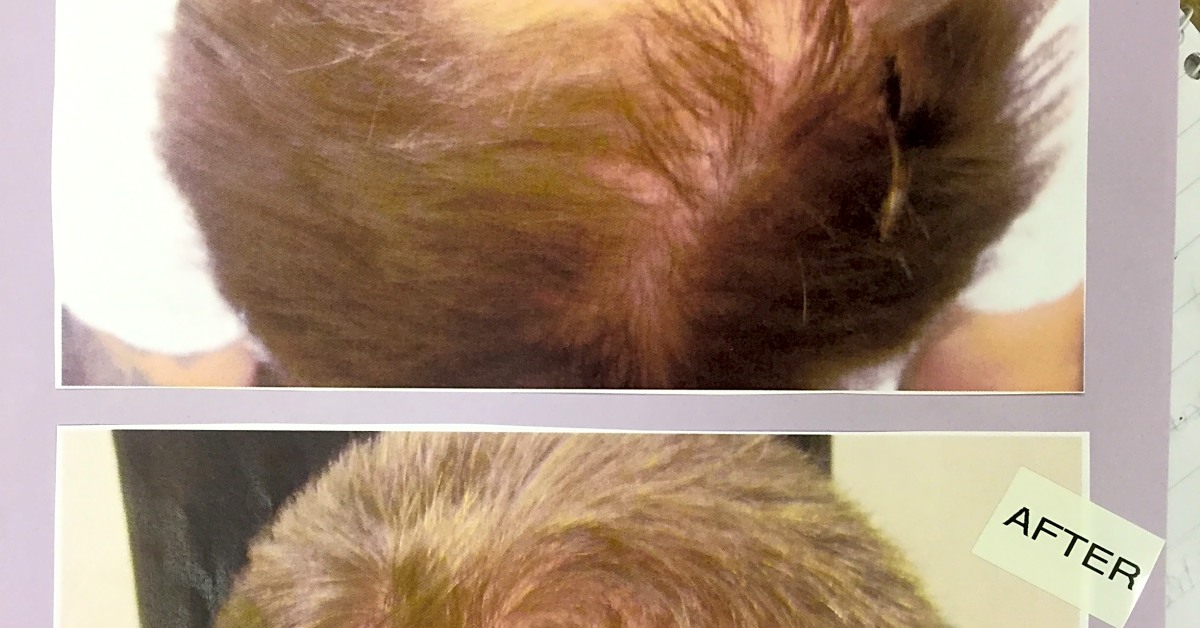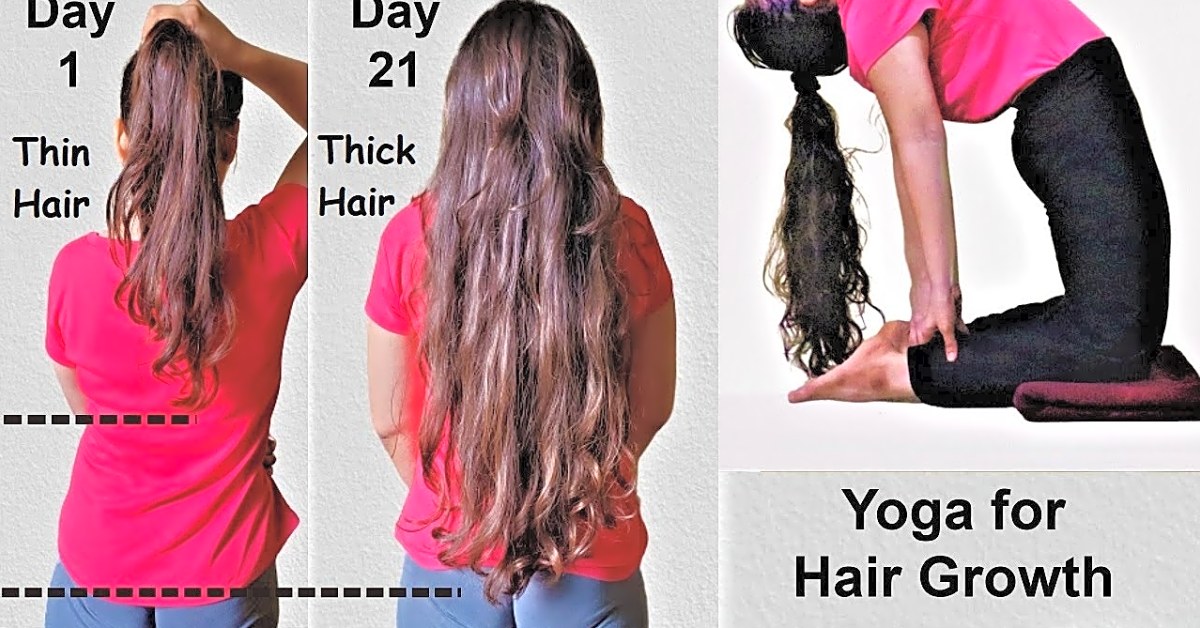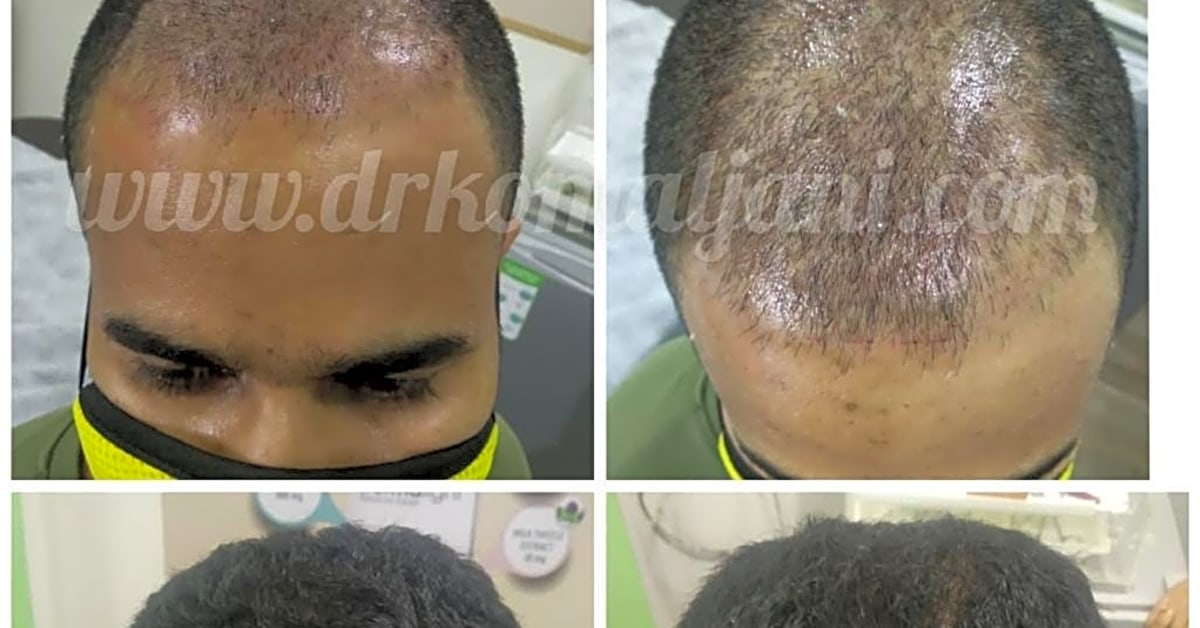Hormonal changes can have a significant impact on male pattern baldness. This common condition affects millions of men worldwide, causing them to lose hair in a distinctive pattern. While many factors can contribute to male pattern baldness, hormonal changes play a crucial role in its development. In this article, we will delve deeper into the relationship between hormonal changes and male pattern baldness, exploring how these changes can lead to hair loss and what steps can be taken to prevent or manage it. Whether you are currently experiencing hair loss or simply want to better understand this condition, this article is for you. So, let’s dive in and unravel the mystery behind hormonal changes and male pattern baldness.
To fully understand the link between hormonal changes and male pattern baldness, it’s important to first understand the role of hormones in hair growth. Testosterone, a male sex hormone, is converted into dihydrotestosterone (DHT) by an enzyme called 5-alpha reductase. DHT can bind to receptors in the scalp and cause hair follicles to shrink, leading to thinner hair and eventually hair loss. As men age, their levels of DHT increase, making them more susceptible to male pattern baldness.
This process is known as miniaturization, where the hair follicles become smaller and produce thinner, finer hair until they eventually stop producing hair altogether. This is why male pattern baldness is often referred to as androgenetic alopecia – it is influenced by both hormones and genetics.
While testosterone is the main culprit in this process, other hormones such as cortisol, thyroid hormones, and insulin also play a role in male pattern baldness. High levels of cortisol, the stress hormone, can lead to an increase in DHT production and accelerate hair loss. Thyroid hormones, which regulate metabolism, can also impact hair growth when imbalanced. And insulin, a hormone that helps regulate blood sugar levels, has been linked to hair loss in those with insulin resistance.
In addition to age and genetics, certain lifestyle factors can also contribute to hormonal changes that lead to male pattern baldness. Poor diet and nutrition can impact hormone levels, as well as smoking, excessive alcohol consumption, and lack of exercise.
While there is no cure for male pattern baldness, there are treatments available to help slow down or prevent further hair loss. Medications like finasteride and minoxidil can help block DHT production and stimulate hair growth. In some cases, hormone replacement therapy may also be recommended to balance hormone levels and reduce the effects of male pattern baldness.
Understanding the link between hormonal changes and male pattern baldness is crucial for those seeking to prevent or manage this condition. By addressing any imbalances in hormone levels and making lifestyle changes, individuals can take control of their hair loss and maintain a healthy head of hair.
Risk Factors for Male Pattern Baldness
While anyone can experience male pattern baldness, there are certain risk factors that increase the likelihood of developing this condition. These include a family history of male pattern baldness, age, and certain medical conditions such as prostate cancer and thyroid disease.
Causes of Hormonal Changes
Hormonal changes can occur for various reasons, including genetics, aging, and certain medical conditions. These changes can affect hormone levels and contribute to male pattern baldness.
Seeking Professional Help
If you are concerned about male pattern baldness or experiencing excessive hair loss, it’s important to consult with a healthcare professional. They can help determine the underlying cause of your hair loss and provide appropriate treatment options.
Male Pattern Baldness vs Female Pattern Baldness
While male pattern baldness is more common, women can also experience hair loss due to hormonal changes. However, female pattern baldness typically presents differently, with thinning hair all over the scalp rather than a receding hairline. It’s important for women to consult with a healthcare professional for proper diagnosis and treatment options.
Tips for Regrowing Hair
If you are experiencing hair loss due to hormonal changes, there are steps you can take to potentially regrow your hair. These include using hair growth products containing minoxidil or low-level laser therapy, as well as getting enough nutrients and vitamins in your diet to support healthy hair growth.
Preventing and Slowing Down Hair Loss
There are various ways to prevent or slow down hair loss caused by hormonal changes. These include lifestyle changes, such as reducing stress and avoiding tight hairstyles that can pull on the hair. Additionally, there are medications available, such as finasteride and minoxidil, that can help block the effects of DHT and promote hair growth.
In conclusion, hormonal changes can play a significant role in male pattern baldness. By understanding the link between hormones and hair growth, as well as implementing preventative measures and seeking professional help, it is possible to slow down or even reverse the effects of male pattern baldness. Remember to consult with a healthcare professional for personalized advice and treatment options.

